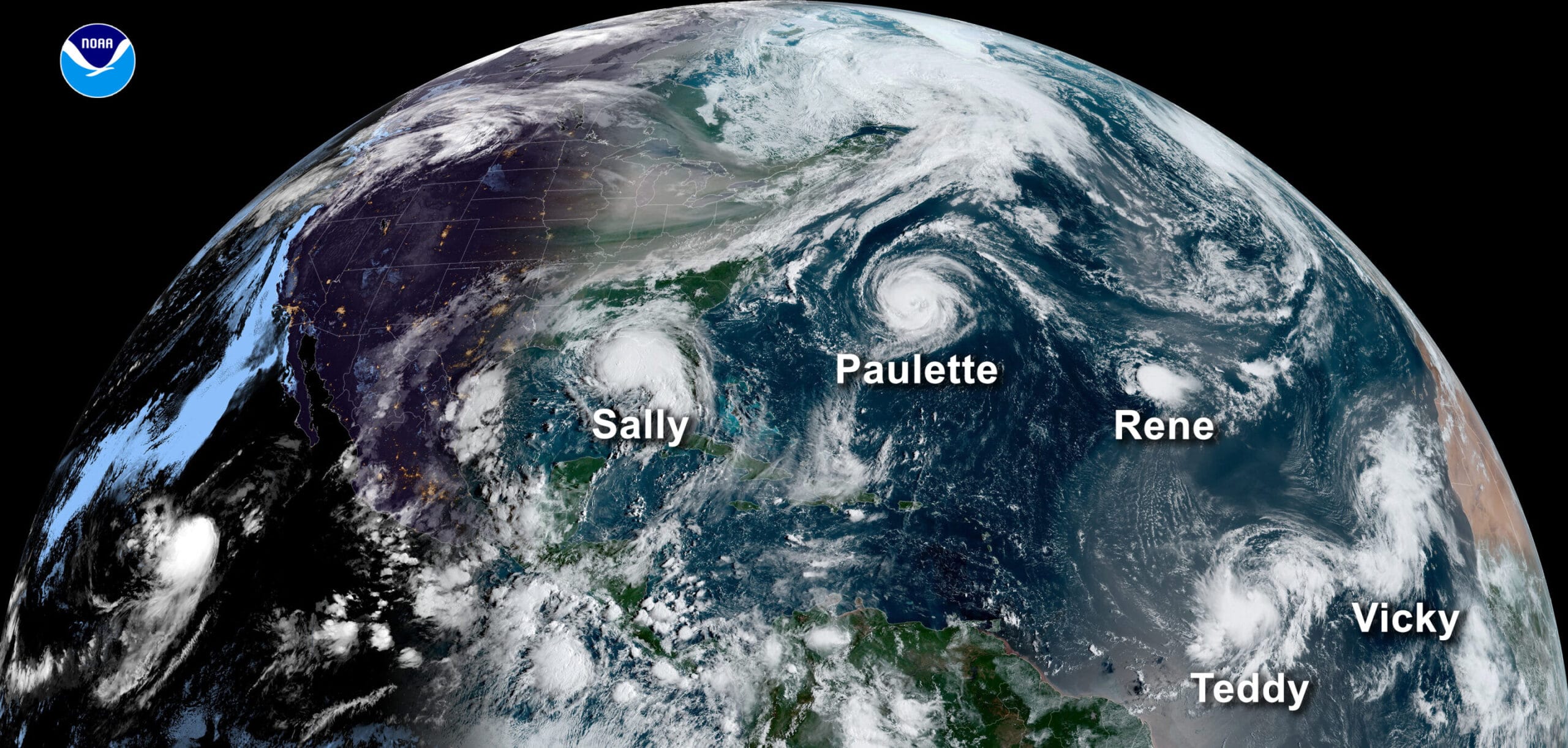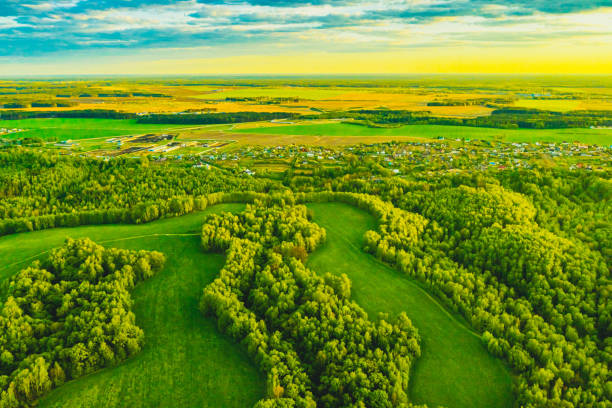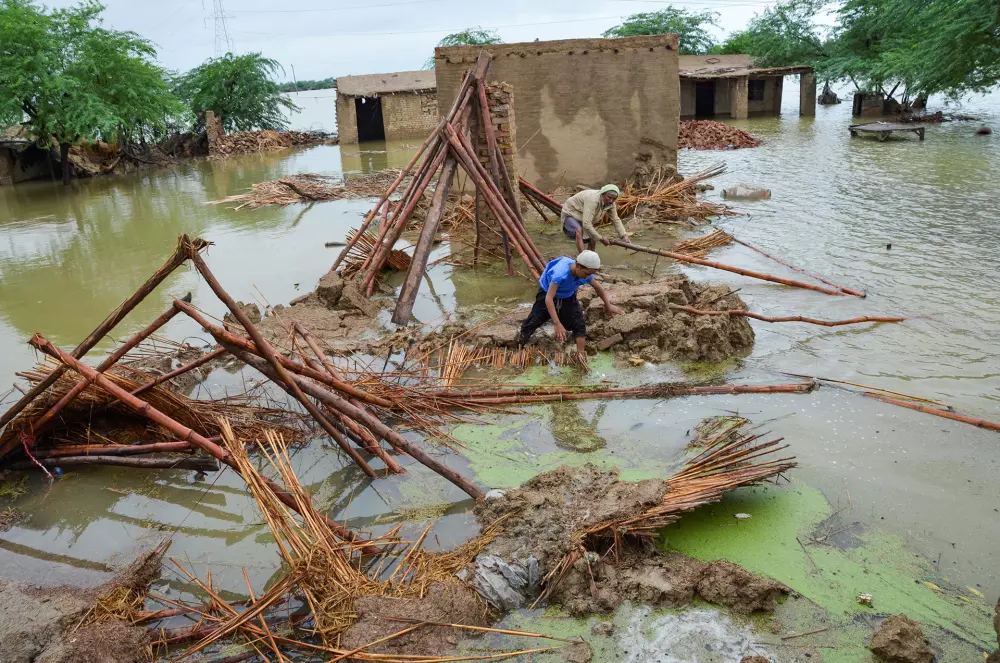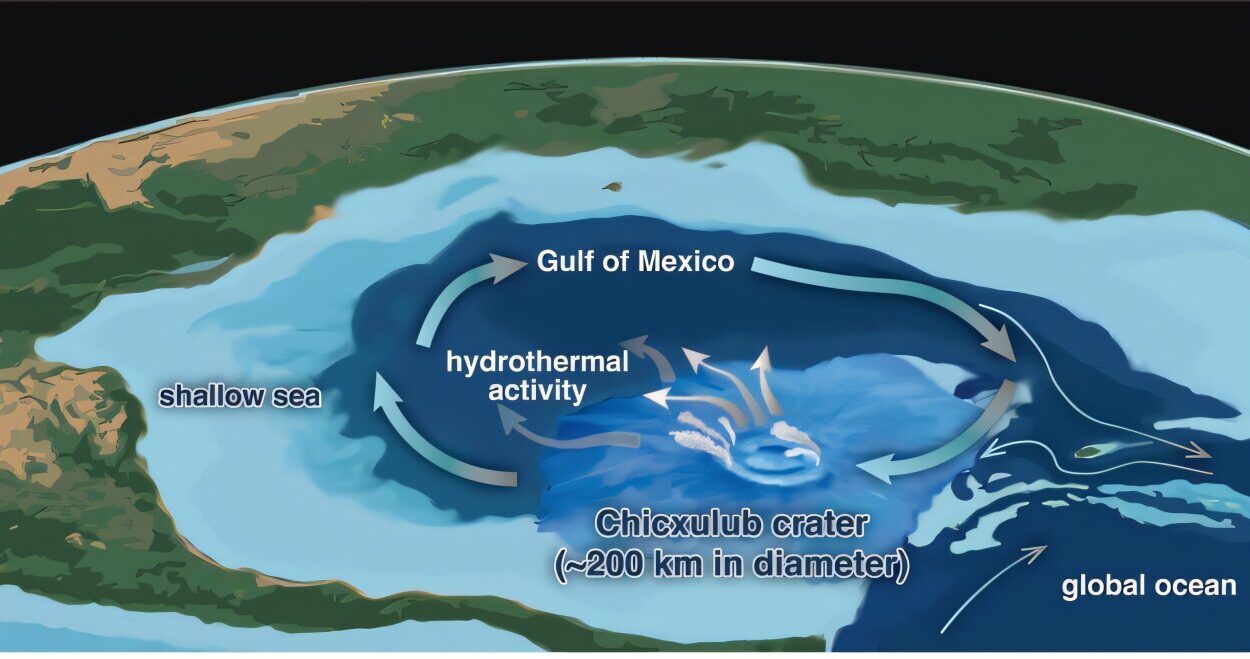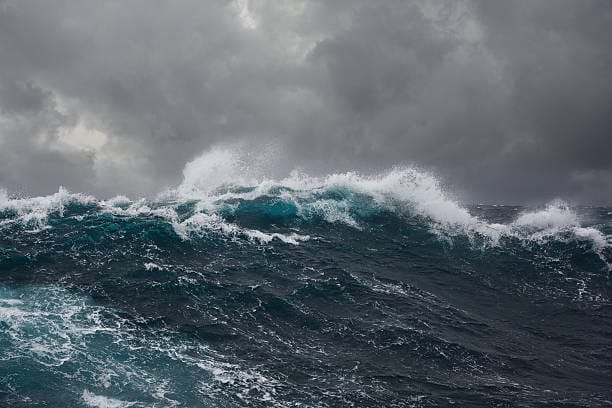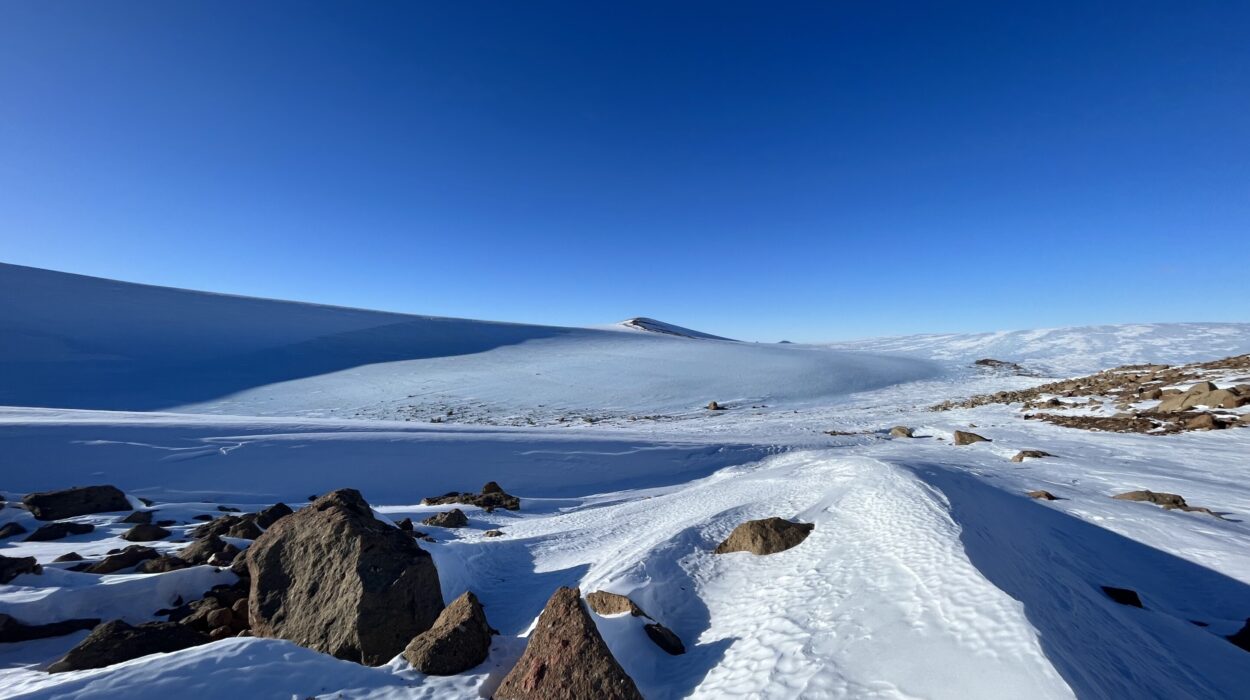In late summer 2017, the United States faced an unprecedented battering: Hurricanes Harvey, Irma, and Maria struck within just one month. Harvey inundated Texas with historic flooding. Irma tore across the Caribbean and Florida with ferocious winds. Then came Maria, devastating Puerto Rico so severely that full recovery took years — and in many ways, is still incomplete.
Part of the disaster in Puerto Rico wasn’t just Maria’s strength, but its timing. The Federal Emergency Management Agency (FEMA) had already deployed most of its resources to deal with Harvey and Irma, leaving the island’s residents without the urgent support they needed.
Scientists have a name for this dangerous pattern: tropical cyclone clusters — when two or more tropical storms or hurricanes occur in the same ocean basin at the same time or in quick succession. Now, new research published in Nature Climate Change reveals these clusters are becoming more common in the North Atlantic — and the trend is likely to continue.
The Science of Storm Clusters
Tropical cyclones — known as hurricanes in the Atlantic and eastern Pacific, and typhoons in the northwestern Pacific — are powerful rotating storm systems fueled by warm ocean waters. A single one can wreak havoc on coastal communities. But when storms cluster, the destruction compounds.
Historically, only about 40% of tropical cyclones happen alone. The rest occur in pairs or groups, sometimes overlapping in duration and sometimes arriving one after another. When that happens, infrastructure barely repaired from the first storm can be wiped out again by the next. Recovery resources — like rescue teams, emergency shelters, and medical supplies — are stretched to their breaking point.
A Shift in the Global Storm Map
The new study analyzed decades of tropical cyclone records and found something striking: while storm clusters have decreased in the northwestern Pacific in recent decades, they have increased in the North Atlantic.
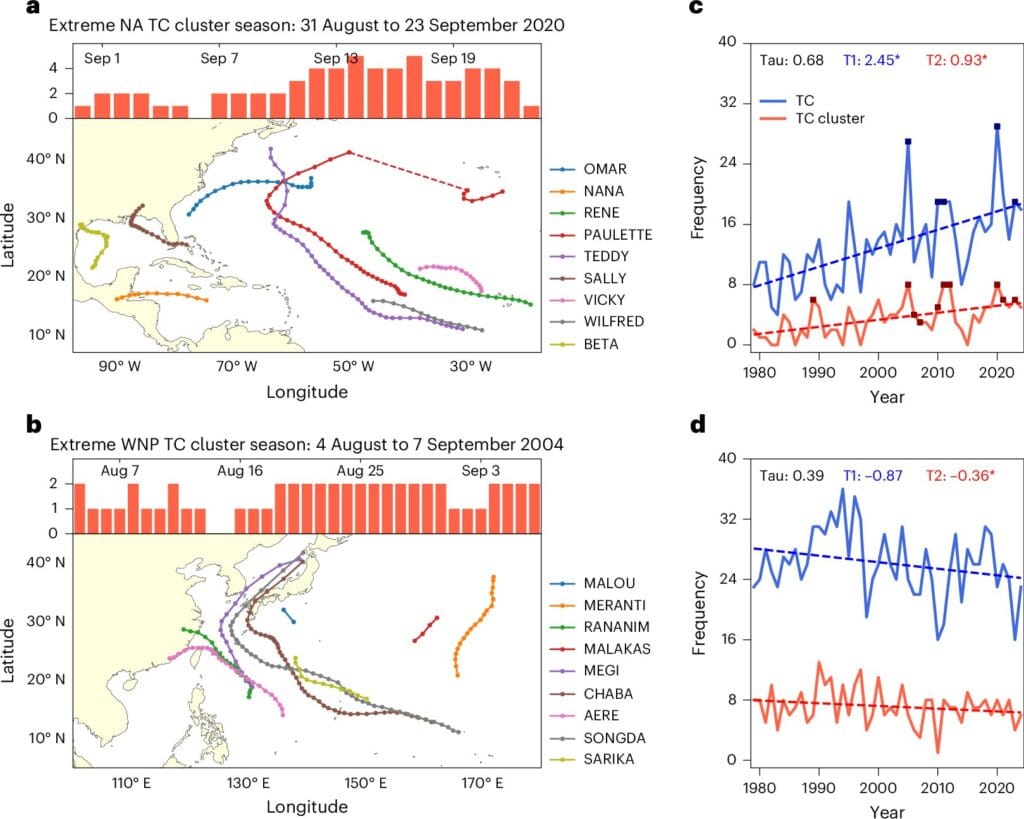
“We tried to develop a probabilistic framework to understand this trend,” said Dr. Dazhi Xi, a climatologist at the University of Hong Kong and co-lead author of the study. The team built a statistical model assuming clusters form purely by chance, depending only on how many storms form in a season, how long they last, and when they occur.
But the model didn’t always match reality. In some years, the actual number of clusters was far higher than the model predicted. That suggested something more than chance was at work.
The Invisible Link Between Storms
When the team dug deeper, they discovered that in certain years, storms weren’t just coinciding randomly — they were being physically linked by large-scale weather patterns. Specifically, “synoptic scale waves” — vast, train-like disturbances in the atmosphere — seemed to encourage multiple cyclones to form in close proximity.
“The previously failed statistical model will soon become a powerful tool that can distinguish physically-linked tropical cyclone clusters from those by pure chance,” explained Dr. Wen Zhou, a climatologist at Fudan University and corresponding author of the study.
The Role of a Warming World
Another key finding tied the shift in storm cluster hotspots to global warming — specifically, a La Niña–like warming pattern. This pattern is defined by slower warming in the eastern Pacific compared to the western Pacific.
“The warming pattern not only changes how many storms form in the North Atlantic and northwestern Pacific, but also impacts the strength of these synoptic scale waves,” said Zheng-Hang Fu, a Ph.D. student at Fudan University and co-lead author. The result: storm cluster activity has shifted from the Pacific toward the Atlantic.
Why This Matters Now
The implications are serious. As the North Atlantic becomes an emerging hotspot for hurricane clusters, coastal nations — especially in the Caribbean and along the U.S. Eastern Seaboard — may face back-to-back disasters more frequently. That means emergency planning can no longer be based on the assumption of long recovery windows between major storms.
The study’s framework not only explains the recent shift in cluster activity but can be applied to other ocean basins. It could help governments and disaster agencies anticipate periods when multiple storms are likely, giving them a critical edge in preparing resources and protecting vulnerable communities.
A Future of Storm Teams?
If history is a warning, the prospect of more frequent hurricane clusters should set off alarms. The triple blow of Harvey, Irma, and Maria showed how one storm can weaken defenses for the next, and the next. Now, with climate change reshaping storm patterns, those devastating chains of disasters may become less of an anomaly — and more of the norm.
In a warming world, it may not just be the strength of hurricanes we need to watch — but their willingness to travel in dangerous packs.
More information: Zheng-Hang Fu et al, Shifting hotspot of tropical cyclone clusters in a warming climate, Nature Climate Change (2025). DOI: 10.1038/s41558-025-02397-9
